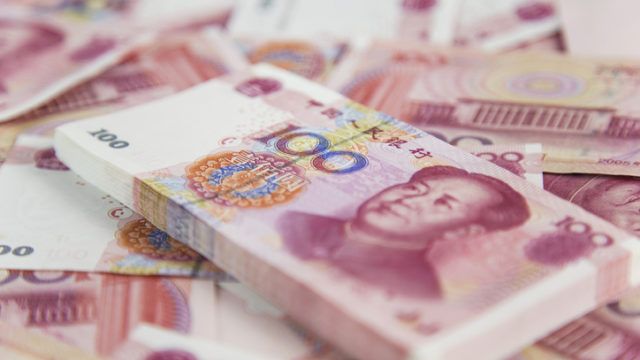Net sales for northbound funds sold under the Hong Kong-mainland Mutual Recognition of Funds (MRF) scheme reached RMB 7.16bn ($1.03bn) for the full year 2019, compared with an outflow of RMB 3.44bn in 2018, according to latest records from the State Administration of Foreign Exchange (Safe).
The MRF between mainland China and Hong Kong is a scheme jointly launched by the China Securities Regulatory Commission (CSRC) and Hong Kong Securities and Futures Commission (SFC) in July 2015. Under the scheme, eligible mainland and Hong Kong funds can be distributed in each other’s markets.
“Domestic investors’s increasing demand for global asset allocation might be a key factor driving the inflows,” Chloe Qu, manager research analyst of Morningstar (Shenzhen) told FSA previously.
“Chinese investors’ concerns on the domestic economic slowdown increase the need for asset diversification. It is also evident in the growing demand for QDII (qualified domestic institutional investor) products, which have also seen inflows over 2019,” she added.
However, investor sentiment towards northbound funds have been volatile as northbound products had positive flows for eight consecutive months last year starting from February while in October these funds had outflows of RMB 111.7m.
Last year, the CSRC approved five Hong Kong-domiciled products for mainland distribution under the MRF. Since the programme began, 17 northbound products from eleven firms have been approved by China’s regulator.
As of 17 January, there are 12 pending MRF applications, three of which were filed by HSBC Asset Management, and two are from China Asset Management’s Hong Kong subsidiary.
Other applicants include JP Morgan Asset Management, Fidelity, Amundi, Taikang Asset Management and Pictet Asset Management, the regulator’s record shows.
Northbound fund flows
| Monthly flows in RMB | Total assets in RMB* | |
| Jan-19 | (884m) | 8.14bn |
| Feb-19 | 75.5m | 8.22bn |
| Mar-19 | 1.34bn | 9.55bn |
| Apr-19 | 976.3m | 10.53bn |
| May-19 | 969.7m | 11.50bn |
| Jun-19 | 1.45bn | 12.95bn |
| Jul-19 | 2.45bn | 15.39bn |
| Aug-19 | 466m | 15.86bn |
| Sep-19 | 803m | 16.66bn |
| Oct-19 | (111.7m) | 16.55bn |
| Nov-19 | 87.4m | 16.64bn |
| Dec-19 | (-455.1m) | 16.18bn |
| Total net inflows in 2019 | 7.16bn |
Source: Safe. *Figure at the end of the month
Southbond funds
Meanwhile southbound funds — mainland-domiciled funds sold in Hong Kong — went the opposite way. They had net outflows of RMB 168.43m in 2019, compared with inflows of RMB 96.55m in 2018.
Since the MRF scheme started, net inflows for northbound products have totalled RMB 16.18bn, dwarfing southbound fund inflows of RMB 264.2m.
“It is notable that the demand for onshore products in Hong Kong has been weak since the MRF scheme launched in 2015,” said Qu.
“Compared to [mainland] investors, Hong Kong investors enjoy wider product choices, which put onshore funds into fierce competition with Hong Kong and international fund managers. Besides, the onshore managers’ names in Hong Kong might not be as recognisable as in the mainland, which also puts them at a disadvantage,” Qu added.
The SFC has approved around 50 China-domiciled funds to be sold in Hong Kong, but only two dozen funds have been made available to investors, FSA previously reported.
Southbound fund flows
| Flows in RMB | Total assets in RMB (as at the end of the month) | ||||
| 2017 total inflows | 239.8m | ||||
| 2018 total inflows | 96.6m | ||||
| Jan-19 | (3.47m) | 429.16m | |||
| Feb-19 | 6.01m | 435.18m | |||
| Mar-19 | 12.14m | 447.32m | |||
| Apr-19 | (79.01m) | 368.32m | |||
| May-19 | (39.70m) | 328.62m | |||
| Jun-19 | (28.66m) | 299.96m | |||
| Jul-19 | 2.06m | 302.01m | |||
| Aug-19 | (20.52m) | 281.50m | |||
| Sep-19 | (10.57m) | 270.93m | |||
| Oct-19 | (4.63m) | 266.29m | |||
| Nov-19 | (2.09m) | 264.20m | |||
| Dec-19 | 0 | 264.20m | |||
| Total net outflows in 2019 | (168.43m) | ||||

















